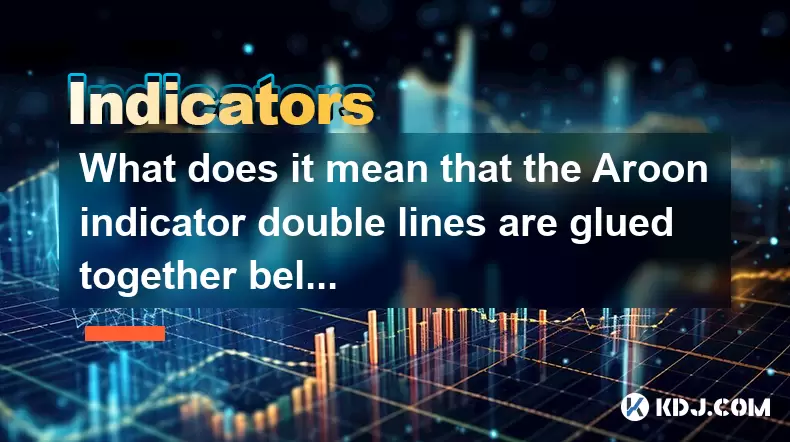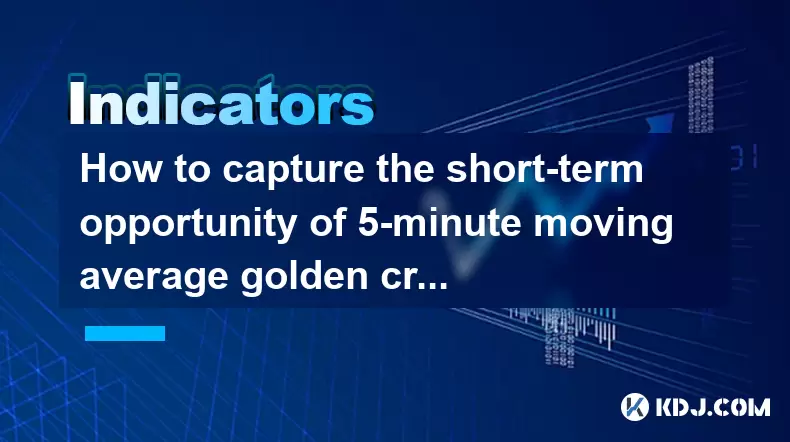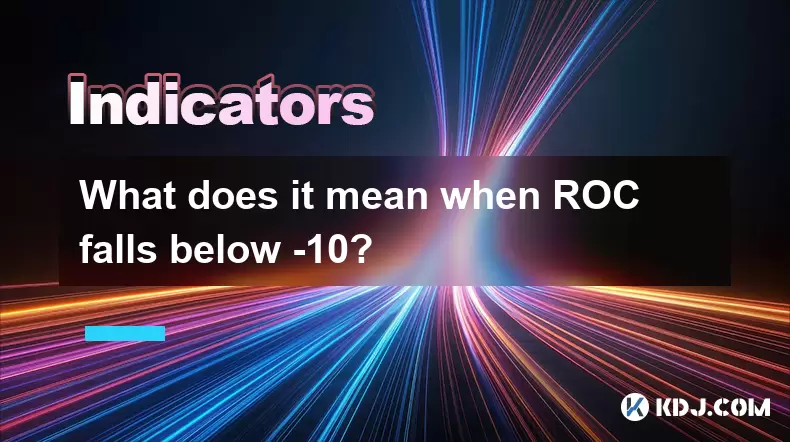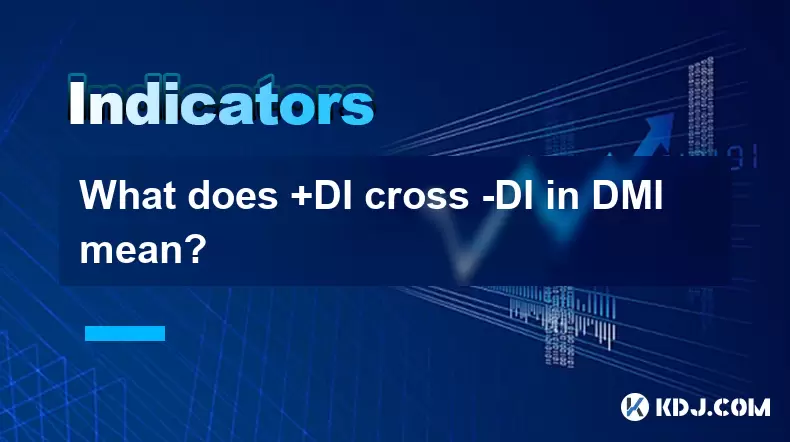-
 Bitcoin
Bitcoin $118900
1.66% -
 Ethereum
Ethereum $3735
1.35% -
 XRP
XRP $3.506
0.71% -
 Tether USDt
Tether USDt $1.000
-0.01% -
 BNB
BNB $799.4
5.78% -
 Solana
Solana $202.0
1.87% -
 USDC
USDC $0.9999
0.00% -
 Dogecoin
Dogecoin $0.2661
1.89% -
 Cardano
Cardano $0.8877
1.59% -
 TRON
TRON $0.3173
2.45% -
 Hyperliquid
Hyperliquid $45.00
2.59% -
 Stellar
Stellar $0.4723
3.40% -
 Sui
Sui $3.970
1.32% -
 Chainlink
Chainlink $19.67
1.94% -
 Hedera
Hedera $0.2710
1.99% -
 Avalanche
Avalanche $25.74
-0.01% -
 Bitcoin Cash
Bitcoin Cash $528.1
1.98% -
 Litecoin
Litecoin $120.1
3.57% -
 Shiba Inu
Shiba Inu $0.00001525
1.26% -
 UNUS SED LEO
UNUS SED LEO $8.989
-0.01% -
 Toncoin
Toncoin $3.304
1.74% -
 Polkadot
Polkadot $4.531
3.38% -
 Uniswap
Uniswap $10.74
2.51% -
 Ethena USDe
Ethena USDe $1.001
0.00% -
 Monero
Monero $325.5
2.44% -
 Pepe
Pepe $0.00001413
1.31% -
 Bitget Token
Bitget Token $4.860
0.85% -
 Dai
Dai $0.9999
0.01% -
 Aave
Aave $307.3
-2.07% -
 Bittensor
Bittensor $448.8
2.91%
What does it mean that the Aroon indicator double lines are glued together below the 20-horizontal line?
When both Aroon Up and Aroon Down stay below 20, it signals weak momentum and market indecision, often seen during crypto consolidation phases.
Jun 29, 2025 at 01:28 pm

Understanding the Aroon Indicator
The Aroon indicator is a technical analysis tool used to identify trend changes and determine whether an asset is in a period of consolidation or trending. It consists of two separate lines: Aroon Up and Aroon Down. These lines fluctuate between 0 and 100, helping traders gauge the strength of both uptrends and downtrends.
When analyzing cryptocurrency markets, understanding how these two lines interact can provide valuable insights into potential reversals or continuation patterns. In particular, when the Aroon Up and Aroon Down lines are glued together below the 20-horizontal line, it signals a unique market condition that requires further exploration.
What Happens When Both Aroon Lines Are Below 20?
If both the Aroon Up and Aroon Down lines remain consistently below the 20 level, this indicates a lack of strong momentum in either direction. This typically means the asset is not experiencing a clear uptrend or downtrend. The low values suggest that neither bulls nor bears are gaining control over price action.
This situation often arises during sideways or consolidating phases in the market. In the context of cryptocurrency trading, where volatility can be high, such periods might precede major breakouts or breakdowns depending on how the market reacts after this consolidation phase.
Why Are the Aroon Lines Glued Together?
When the Aroon Up and Aroon Down lines appear glued together, it reflects equilibrium between buying and selling pressure. Neither side is able to establish dominance, resulting in a stalemate. This is especially relevant in crypto markets where rapid shifts in sentiment can lead to sudden directional moves.
In practice, this could mean that:
- Recent highs and lows are being formed at similar intervals.
- Market participants are hesitant to push the price in any one direction.
- Volume and interest may be decreasing, leading to lower conviction trades.
These conditions are common before major news events, regulatory updates, or macroeconomic developments that impact investor behavior.
How to Interpret This Scenario in Crypto Trading
For traders monitoring cryptocurrencies like Bitcoin (BTC), Ethereum (ETH), or altcoins, observing the Aroon indicator’s double-line convergence below 20 should prompt closer attention to other confirming indicators.
Here's what you should do:
- Monitor volume levels for signs of increasing participation.
- Use additional tools like Bollinger Bands, Relative Strength Index (RSI), or MACD to confirm potential breakouts or breakdowns.
- Watch for candlestick patterns that may indicate reversal or continuation.
It’s crucial not to make decisions based solely on the Aroon indicator in this case, as it primarily identifies trend strength and timing rather than providing direct buy or sell signals.
Practical Steps for Responding to This Signal
When you encounter the Aroon Up and Aroon Down lines stuck together under 20, here's how to approach your trading strategy:
- Identify the time frame: Determine if this signal appears on short-term charts (like 15-minute or 1-hour) or longer-term ones (4-hour or daily). Shorter time frames may reflect temporary consolidation, while longer ones could hint at more significant pauses.
- Observe support and resistance levels: Check whether the current price is near key support or resistance zones. These areas may influence how the market reacts once the consolidation ends.
- Wait for a breakout or breakdown confirmation: Avoid entering positions prematurely. Instead, wait until the price breaks above resistance or falls below support with increased volume.
- Set up alerts: Use charting platforms to set notifications when the Aroon lines diverge or cross key thresholds again.
- Combine with order flow analysis: Look at order books or on-chain metrics to see whether large players are accumulating or distributing the asset.
By following these steps, traders can better position themselves to act decisively once the market begins to move again.
Common Misinterpretations of the Aroon Indicator
Many novice traders misinterpret the glued Aroon lines below 20 as a sign of weakness or bearishness. However, this isn't necessarily true. The lack of movement simply reflects market indecision, not a definitive directional bias.
Another common mistake is using the Aroon indicator in isolation. Because it doesn’t account for overbought or oversold conditions directly, relying only on Aroon without complementary tools can result in false signals or missed opportunities.
Additionally, some traders assume that a crossover of Aroon Up above Aroon Down always signals a bullish trend, but in low-volatility environments—especially in crypto—it may take time for the trend to fully develop.
Frequently Asked Questions
Q: Can the Aroon indicator be used effectively in volatile crypto markets?
Yes, the Aroon indicator works well in volatile markets, but its effectiveness increases when combined with other tools. Volatility can cause frequent whipsaws, so traders should use filters like moving averages or volume indicators to reduce false signals.
Q: What time frame is best for analyzing Aroon signals in crypto?
While there’s no single best time frame, many traders prefer using the 1-hour or 4-hour charts for medium-term signals. Shorter time frames (like 15-minute charts) can generate too much noise, while daily charts may lag behind real-time price movements.
Q: Does the Aroon indicator work differently for Bitcoin compared to altcoins?
The calculation remains the same, but the interpretation can vary due to differences in liquidity and volatility. Bitcoin tends to have smoother Aroon movements, whereas altcoins may show sharper fluctuations due to their smaller market caps and higher sensitivity to sentiment shifts.
Q: Should I ignore trading when Aroon lines are stuck below 20?
Not necessarily. While active trading may carry higher risk during such periods, it’s still possible to prepare for future moves by identifying key levels and setting up entry triggers. Waiting for confirmation before acting is usually the safer approach.
Disclaimer:info@kdj.com
The information provided is not trading advice. kdj.com does not assume any responsibility for any investments made based on the information provided in this article. Cryptocurrencies are highly volatile and it is highly recommended that you invest with caution after thorough research!
If you believe that the content used on this website infringes your copyright, please contact us immediately (info@kdj.com) and we will delete it promptly.
- Sui Price, Open Interest, and the $4 Breakout: Will SUI Surge?
- 2025-07-23 22:50:13
- BlockDAG, XRP, and DOT: Riding the Crypto Wave Like a Wall Street Pro
- 2025-07-23 23:10:13
- NFT Penguins Rally: PENGU's Rise and the CryptoBatz Bounce
- 2025-07-23 23:10:13
- Dogecoin's Future: Will the Meme Dream Live On?
- 2025-07-23 22:30:13
- Mara's Bitcoin Bet: Debt, Mining, and Shadow Banking?
- 2025-07-23 22:30:13
- Rick Harrison, Gold Coins, and Pawn Stars: A Deep Dive into the World of High-Stakes Haggling
- 2025-07-23 23:15:12
Related knowledge

How to capture the short-term opportunity of 5-minute moving average golden cross + 1-minute MACD bar line volume?
Jul 23,2025 at 10:29pm
Understanding the 5-Minute Moving Average Golden CrossThe 5-minute moving average golden cross occurs when a short-term moving average, typically the ...

What does it mean when ROC falls below -10?
Jul 23,2025 at 09:29pm
Understanding the Rate of Change (ROC) Indicator in Cryptocurrency TradingThe Rate of Change (ROC) indicator is a momentum oscillator used widely in t...

What does +DI cross -DI in DMI mean?
Jul 23,2025 at 09:49pm
Understanding the DMI Indicator ComponentsThe Directional Movement Index (DMI) is a technical analysis tool developed by J. Welles Wilder to assess th...

Advanced RSI strategies for crypto
Jul 13,2025 at 11:01am
Understanding the Basics of RSI in Cryptocurrency TradingThe Relative Strength Index (RSI) is a momentum oscillator used to measure the speed and chan...

Crypto RSI for day trading
Jul 12,2025 at 11:14am
Understanding RSI in the Context of Cryptocurrency TradingThe Relative Strength Index (RSI) is a momentum oscillator used to measure the speed and cha...

Crypto RSI for scalping
Jul 12,2025 at 11:00pm
Understanding RSI in the Context of Crypto TradingThe Relative Strength Index (RSI) is a momentum oscillator widely used by traders to measure the spe...

How to capture the short-term opportunity of 5-minute moving average golden cross + 1-minute MACD bar line volume?
Jul 23,2025 at 10:29pm
Understanding the 5-Minute Moving Average Golden CrossThe 5-minute moving average golden cross occurs when a short-term moving average, typically the ...

What does it mean when ROC falls below -10?
Jul 23,2025 at 09:29pm
Understanding the Rate of Change (ROC) Indicator in Cryptocurrency TradingThe Rate of Change (ROC) indicator is a momentum oscillator used widely in t...

What does +DI cross -DI in DMI mean?
Jul 23,2025 at 09:49pm
Understanding the DMI Indicator ComponentsThe Directional Movement Index (DMI) is a technical analysis tool developed by J. Welles Wilder to assess th...

Advanced RSI strategies for crypto
Jul 13,2025 at 11:01am
Understanding the Basics of RSI in Cryptocurrency TradingThe Relative Strength Index (RSI) is a momentum oscillator used to measure the speed and chan...

Crypto RSI for day trading
Jul 12,2025 at 11:14am
Understanding RSI in the Context of Cryptocurrency TradingThe Relative Strength Index (RSI) is a momentum oscillator used to measure the speed and cha...

Crypto RSI for scalping
Jul 12,2025 at 11:00pm
Understanding RSI in the Context of Crypto TradingThe Relative Strength Index (RSI) is a momentum oscillator widely used by traders to measure the spe...
See all articles

























































































